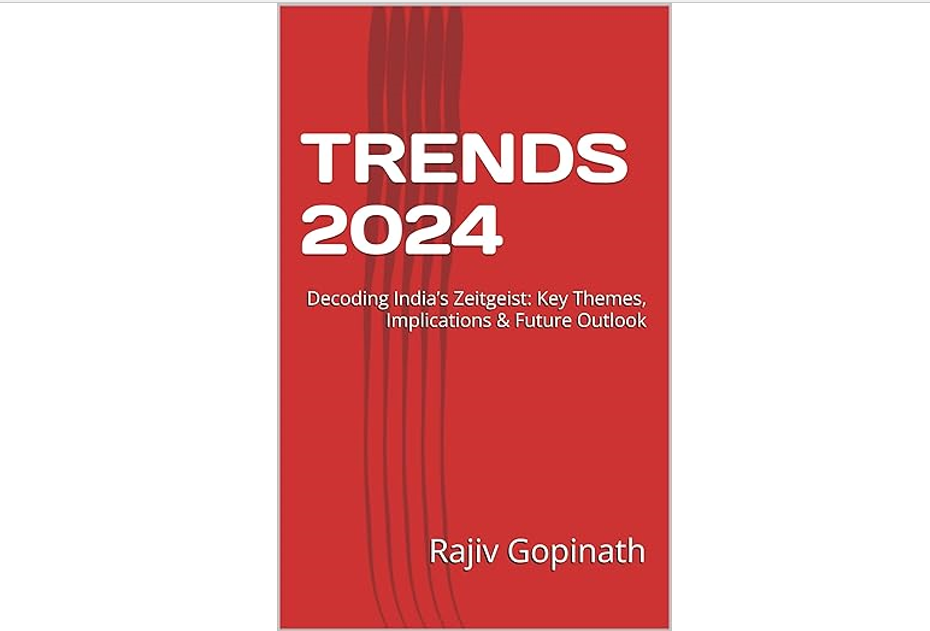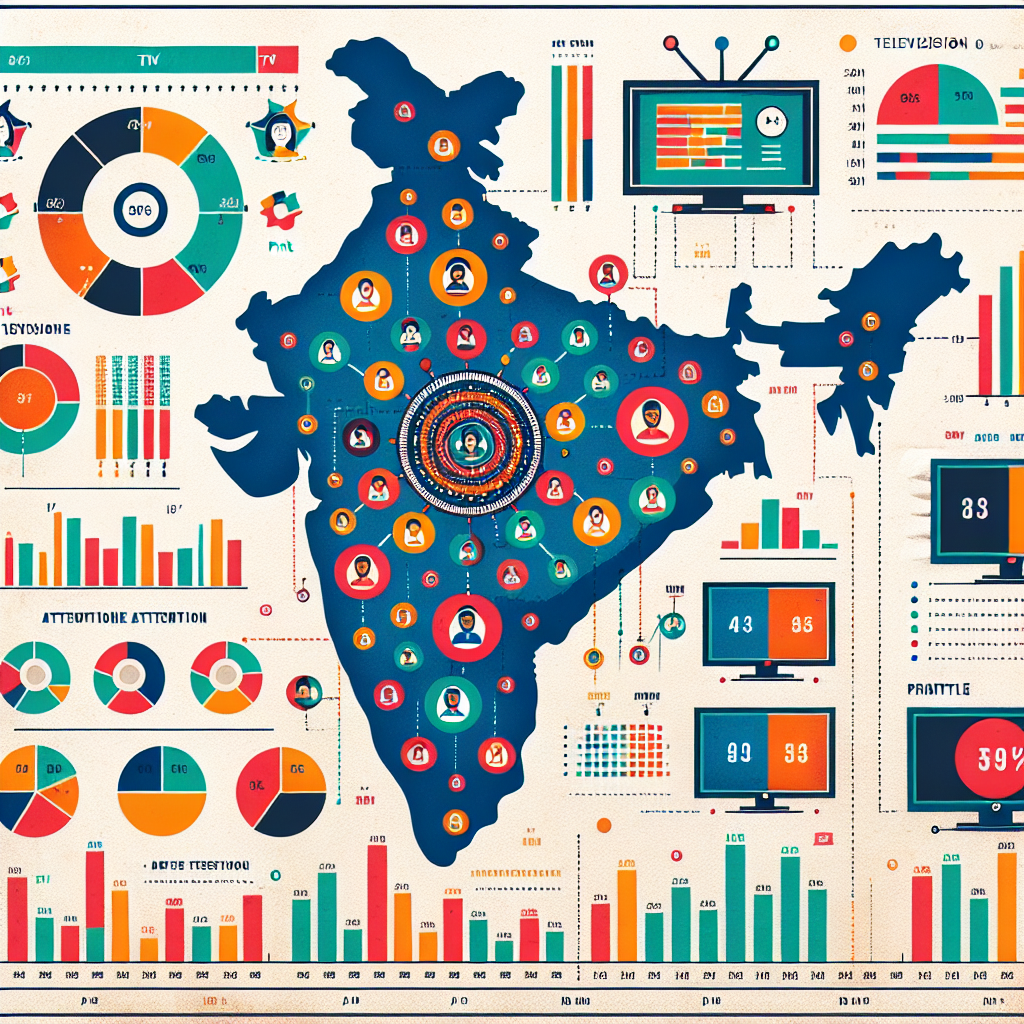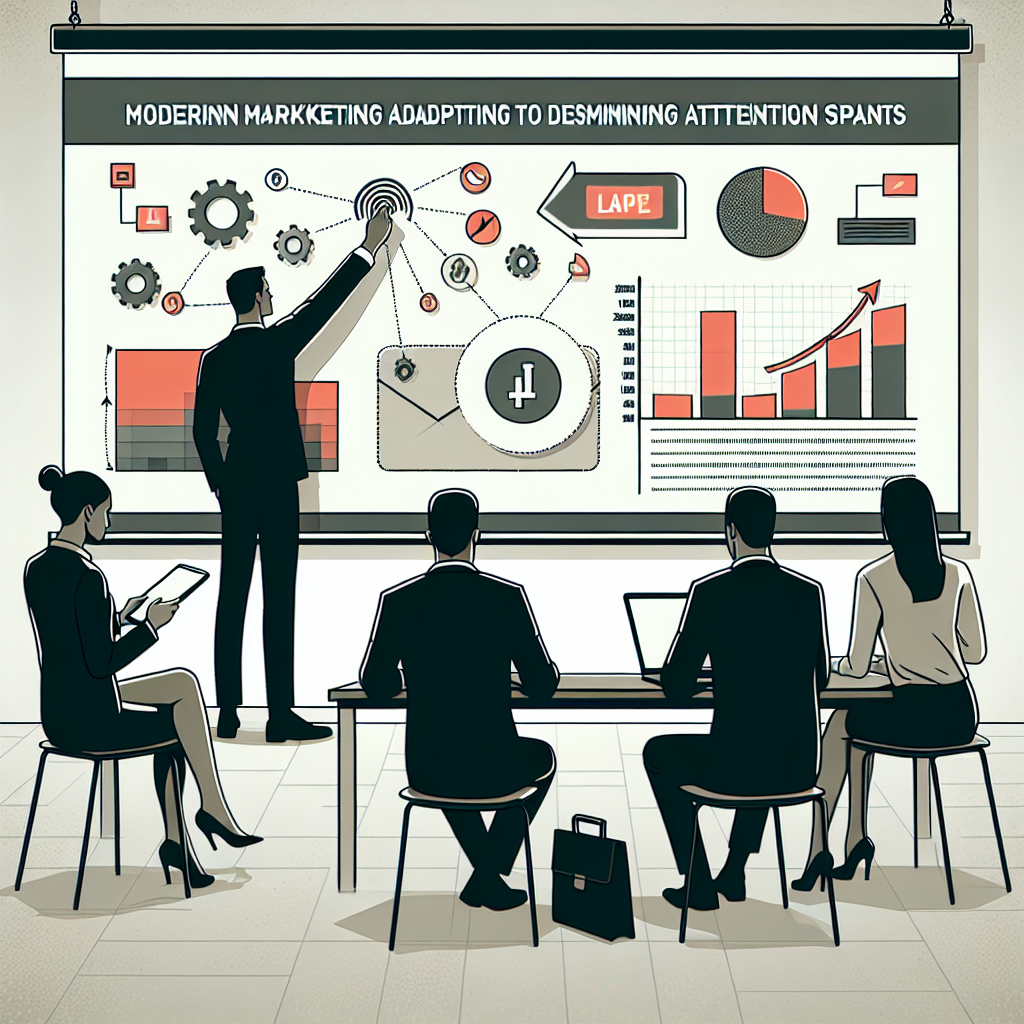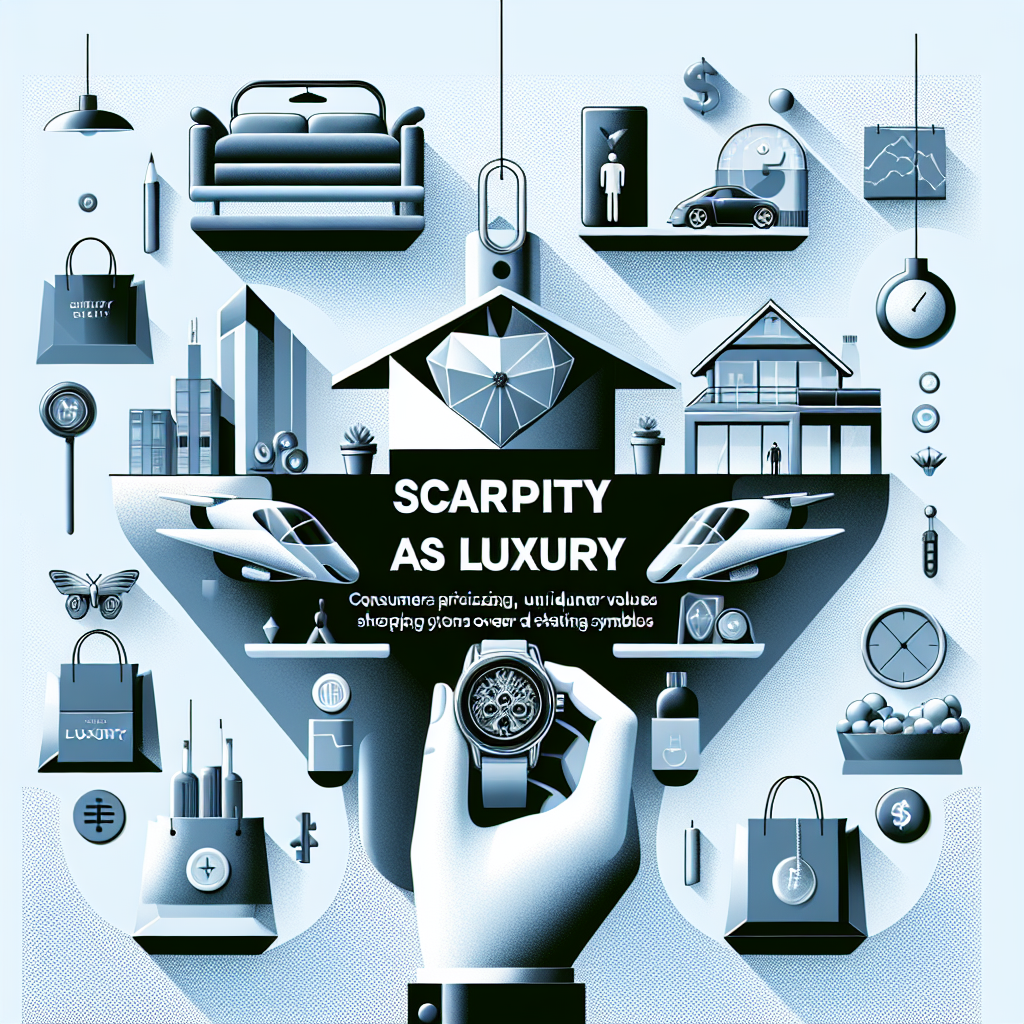Designing a Marketing Experimentation Culture
Arun still remembers the silence that fell across the conference room when the CMO asked about the performance of their latest campaign. The data revealed that they had missed their targets by a significant margin. As the marketing director, all eyes turned to him for an explanation. Instead of offering excuses, Arun chose transparency: "We tested a new approach based on customer feedback, and the results weren't what we expected. Here's what we learned..." To his surprise, the CMO nodded approvingly and asked, "So what will you test next?" That moment transformed the marketing department from a place where failure was feared to one where experimentation became their competitive advantage. This experience sparked Arun's fascination with building experimental cultures in marketing teams—environments where controlled failure drives innovation and growth
Introduction: The Experimental Imperative
In today's rapidly evolving digital landscape, marketing departments that rely solely on established best practices find themselves increasingly outpaced by more agile competitors. The most successful marketing organizations now operate more like scientific laboratories than traditional creative agencies—developing hypotheses, designing experiments, measuring outcomes, and iterating based on results.
Research from the Marketing Science Institute indicates that organizations with mature experimentation cultures achieve 30% higher marketing ROI and are twice as likely to outperform industry peers in revenue growth. Meanwhile, according to Harvard Business School research, marketing teams that implement structured experimentation frameworks make decisions 35% faster and allocate budget 25% more efficiently than their non-experimenting counterparts.
Building a true experimentation culture requires more than simply adopting A/B testing tools or hiring analysts. It demands a fundamental shift in organizational mindset, processes, and incentive structures. Marketing leaders must systematically address three critical pillars: psychological safety for failure, testing backlog creation, and celebrating learnings.
1. Psychological Safety for Failure
Creating an environment where team members feel secure taking calculated risks forms the foundation of any successful experimentation culture.
a) Reframing Failure as Learning
Experimental marketing teams distinguish between execution failures (which should be minimized) and hypothesis failures (which should be expected):
- Establishing clear "failure criteria" that separate acceptable experimental failures from problematic ones
- Converting "failed" experiments into knowledge assets through structured documentation
- Implementing retrospective processes that focus on learning rather than blame
- Developing explicit language that positions experimentation as risk management rather than risk-taking
Example: Consumer goods giant Procter & Gamble transformed their marketing approach by implementing "Learning Plans" rather than "Marketing Plans." Teams document expected knowledge gains alongside traditional KPIs, with managers evaluated partly on how well they systematically accumulated customer insights through experiments, not just campaign performance.
b) Leadership Modeling
Leaders in experimental organizations demonstrate vulnerability around their own hypotheses:
- Publicly sharing personal hypothesis failures and lessons learned
- Allocating protected budget specifically for tests that may not succeed
- Participating directly in experiment design and review sessions
- Reframing performance reviews around learning velocity rather than solely outcomes
Example: Travel marketplace Booking.com's marketing leadership instituted "Failure Forums" where senior directors present their biggest experimental misses each quarter, what they learned, and how those insights influenced subsequent strategy—creating psychological safety throughout the organization by modeling vulnerability from the top.
c) Risk Calibration Systems
Mature experimental cultures develop frameworks for appropriate risk-taking:
- Creating experiment classification systems based on risk exposure and potential learning value
- Implementing tiered approval processes that streamline low-risk tests while providing oversight for higher-risk experiments
- Developing risk-appropriate success metrics for different experiment categories
- Establishing "experiment insurance" policies that protect team members from career consequences of good-faith testing
Example: Financial technology firm PayPal uses an "Experiment Risk Matrix" that classifies marketing tests from Tier 1 (minimal risk, rapid approval) to Tier 4 (significant risk, requiring senior review). This system enables them to run over 500 marketing experiments annually while maintaining appropriate risk controls.
2. Testing Backlog Creation
Sustainable experimentation cultures require systematic approaches to identifying, prioritizing, and executing tests.
a) Hypothesis Generation Systems
Leading experimental organizations implement structured processes for developing testable marketing hypotheses:
- Cross-functional ideation sessions dedicated to hypothesis development
- Customer insight integration workflows that convert research into testable concepts
- Competitor monitoring systems that generate comparative testing opportunities
- Regular hypothesis review sessions with diverse stakeholders
Example: Software company Adobe maintains a "Hypothesis Library" where marketing team members across functions contribute testing ideas. Their quarterly "Hypothesis Hackathons" bring together marketers, product managers, and data scientists to refine ideas into structured experiments, generating over 200 test concepts annually.
b) Prioritization Frameworks
Experimental organizations develop clear methods for deciding which tests deserve resources:
- ICE scoring (Impact, Confidence, Effort) or similar prioritization models
- Expected value calculations incorporating potential gains and implementation costs
- Portfolio approach balancing incremental and disruptive test concepts
- Testing runway planning that sequences experiments for maximum learning
Example: E-commerce retailer Shopify uses a "Test Impact Score" framework that evaluates potential experiments on potential revenue impact, strategic alignment, and resource requirements. This system ensures their marketing experimentation program balances quick wins with transformative opportunities.
c) Test Management Infrastructure
Mature experimental cultures build systems for tracking experiments from conception to completion:
- Centralized experiment repositories with standardized documentation
- Stage-gate processes ensuring proper experimental design
- Test scheduling calendars preventing cross-contamination between experiments
- Automated reporting systems capturing key learnings
Example: Streaming service Spotify built "Experiment Hub," an internal platform tracking all marketing tests from hypothesis through results. The system enforces standardized documentation, prevents conflicting tests, and maintains an accessible knowledge base of findings—increasing testing velocity by 45% through reduced overhead.
3. Celebrating Learnings
Experimental cultures recognize and reward knowledge generation alongside traditional marketing outcomes.
a) Knowledge Capture Systems
Leading organizations systematically document and share experimental learnings:
- Standardized experiment retrospective templates
- Searchable databases of test results and insights
- Regular knowledge-sharing sessions within and across teams
- Integration of experimental findings into onboarding and training
Example: Global retailer Walmart's marketing department maintains "The Testing Tribune," a quarterly internal publication highlighting key experiments across channels. The publication includes both successes and failures, with emphasis on unexpected findings that challenged assumptions—making experimental learning visible throughout the organization.
b) Recognition and Incentives
Experimental cultures align rewards with learning behaviors:
- Incorporation of learning objectives in performance reviews
- Recognition programs highlighting valuable experimental insights
- Team celebrations for milestone experiments regardless of outcome
- Career advancement pathways that value experimental expertise
Example: Technology company Microsoft's marketing division implemented "Experiment Excellence Awards" recognizing teams not for successful campaigns but for experimental rigor, knowledge generation, and organizational impact of learnings—reshaping incentives around quality of experimentation rather than just outcomes.
c) Learning Application Processes
Mature experimental organizations systematically apply experimental findings:
- Regular strategy reviews incorporating experimental learnings
- Formal processes for updating playbooks based on test results
- Cross-functional learning workshops translating findings into action
- Executive reporting focused on cumulative knowledge gains
Example: Hospitality firm Marriott conducts quarterly "Learning Synthesis" sessions where marketing teams review the previous quarter's experiments and collectively identify implications for strategic direction, budget allocation, and capability development—ensuring experimental learnings directly influence organizational decisions.
Call to Action
For marketing leaders seeking to build robust experimentation cultures:
- Assess your organization's current psychological safety through anonymous team surveys
- Establish a formal hypothesis generation process with clear evaluation criteria
- Implement a tiered experimental approval system based on risk and potential impact
- Create dedicated time and space for cross-functional experimental design sessions
- Develop recognition programs specifically rewarding learning contributions
- Incorporate experimentation metrics into team performance evaluations
The future of marketing effectiveness belongs not to organizations with the largest budgets or the most creative talents, but to those who systematically learn faster than their competitors—building experimental cultures where each marketing dollar generates both immediate impact and enduring knowledge.
Featured Blogs

TRENDS 2024: Decoding India’s Zeitgeist: Key Themes, Implications & Future Outlook

How to better quantify attention in TV and Print in India

AI in media agencies: Transforming data into actionable insights for strategic growth

How the Attention Recession Is Changing Marketing

The New Luxury Why Consumers Now Value Scarcity Over Status

The Psychology Behind Buy Now Pay later

The Rise of Dark Social and Its Impact on Marketing Measurement

The Role of Dark Patterns in Digital Marketing and Ethical Concerns








